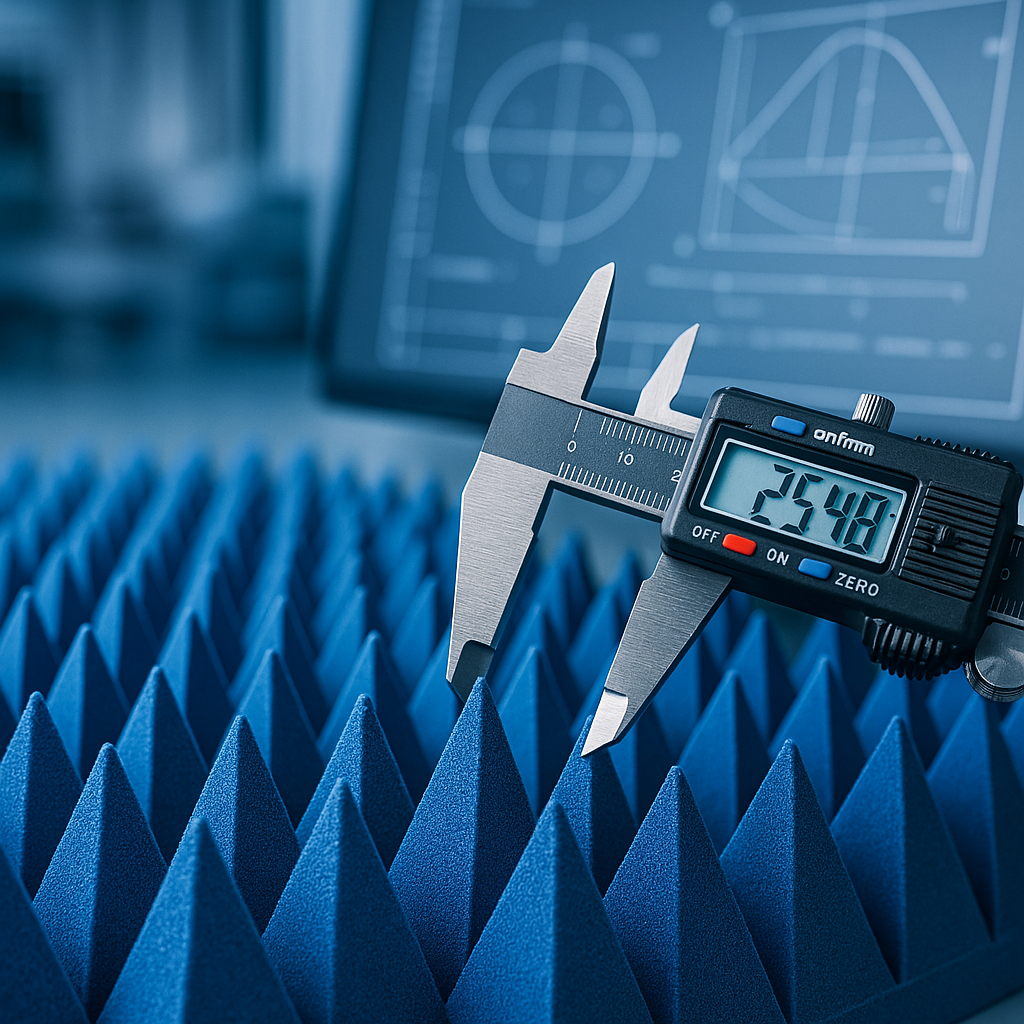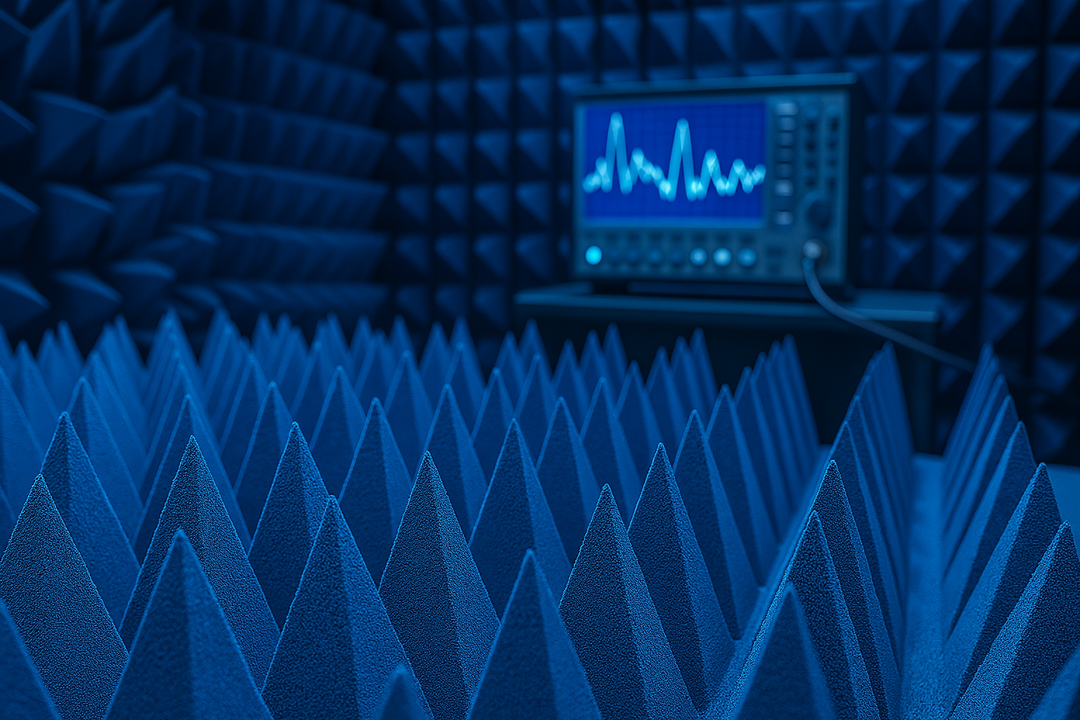How an RF Attenuator Enhances Signal Management in Communication Systems

How an RF Attenuator Enhances Signal Management in Communication Systems
In modern communication systems, managing and controlling signal strength is critical to maintaining high performance and reliability. An RF attenuator is a passive component that plays a key role in optimizing the functionality of wireless and wired communication systems. This article explores how RF attenuators enhance signal management, protect sensitive equipment, and contribute to a more efficient communication environment.
Understanding the Role of RF Attenuator
An RF attenuator is a device used to reduce radio frequency (RF) signal strength without significantly altering the signal's waveform or frequency characteristics. By absorbing or dissipating part of the signal's energy, RF attenuation ensures that communication systems remain stable and perform optimally, preventing signal overload and minimizing interference.
Attenuators are crucial for various applications, including wireless communication, radar systems, testing environments, and RF circuits. They help balance signal strength across systems, ensure equipment protection, and maintain accurate measurements, making them indispensable in modern communication networks.
How an RF Attenuator Works
An attenuator works by introducing resistance into the RF signal path, effectively lowering the signal's power. The device absorbs or redirects some of the energy from the signal, reducing its amplitude without distorting the underlying waveform. This reduction can be done to match the power requirements of various components in the communication system, such as receivers or amplifiers.
An RF attenuator can be either fixed or variable. Fixed attenuators provide a consistent attenuation level, while variable attenuators allow for adjustable attenuation levels to suit different testing or operational requirements. Programmable attenuators can be controlled via digital interfaces, providing automated signal strength adjustment in response to changing system needs.

Applications of RF Attenuators in Communication Systems
Signal Power Management and Equipment Protection
One of the most important functions of an RF attenuator is to reduce the power of incoming signals, protecting sensitive equipment from potential damage caused by excessive signal strength. This is especially crucial in environments where high-power signals are transmitted, such as in mobile communication systems or radar equipment.
In these systems, a programmable RF attenuator is often employed to dynamically adjust signal strength, ensuring that sensitive receivers do not receive signals that are too strong, which could lead to distortion, overload, or even permanent damage to the equipment. For example, in a wireless communication setup, a signal from a transmitter might be too powerful for the receiver, potentially damaging the receiver's circuitry. Using an RF attenuator can reduce the signal strength to a safe level, ensuring proper functionality without compromising the system's performance.
Enhancing Signal Quality and Reducing Interference
Another important application of RF attenuation is in reducing signal interference. In complex communication systems, especially those operating over long distances or in crowded frequency bands, signals from multiple sources can overlap and interfere with one another. This can lead to poor signal quality and reduced system efficiency.
By strategically placing attenuators at various points in the signal chain, it is possible to control and minimize the effects of unwanted interference. For instance, in a base station or satellite communication system, an RF attenuator can help balance the signal levels between different components, preventing interference that might disrupt communication between devices or cause signal degradation.
Test Environments and Calibration
RF attenuators are also widely used in testing and calibration environments. In scenarios where accurate receiver sensitivity or signal strength measurements are required, attenuators provide a reliable way to adjust signal levels to simulate various real-world conditions. This helps engineers verify the performance of communication systems and ensure that they meet specific standards.
For example, in a test lab setting, a programmable attenuator can be used to precisely control the signal power during equipment calibration. This allows for the simulation of different power levels, enabling the testing of receiver sensitivity, signal-to-noise ratios, and other key performance metrics. By adjusting the attenuation in small, controlled steps, engineers can fine-tune equipment to ensure optimal performance.
Impedance Matching and Reflection Loss Reduction
In RF and microwave systems, impedance mismatch can lead to reflection loss, where part of the signal is reflected back into the system, causing inefficiencies and signal degradation. Attenuators play a critical role in matching the impedance between components, reducing reflection loss, and improving overall transmission efficiency.
In systems where high power levels are transmitted, such as in radar systems or microwave communications, RF attenuators help ensure that the impedance is correctly matched, minimizing energy loss and improving the system's reliability. This is especially important in applications where signal clarity and efficiency are paramount, such as in satellite communications or military radar systems.
RF Attenuator Types and Their Benefits
Fixed vs. Variable Attenuators
There are two primary types of RF attenuators: fixed and variable.
-
Fixed Attenuators: These attenuators provide a constant level of attenuation and are typically used in situations where the signal power needs to be reduced by a specific, unchanging amount. They are simple to use and reliable, making them ideal for applications like impedance matching and protecting sensitive receivers.
-
Variable Attenuators: These attenuators allow for adjustable attenuation levels, providing flexibility in managing signal strength. They are particularly useful in test environments where signal levels need to be adjusted dynamically to simulate different conditions. Programmable attenuators fall into this category, offering digital control over attenuation and allowing precise and automated signal management.
Programmable RF Attenuators
Programmable attenuators are increasingly used in modern communication systems due to their ability to automatically adjust signal strength. These attenuators are controlled through digital interfaces, such as USB, GPIB, or RS232 connections, which enable seamless integration into automated testing systems or network management platforms.
The key advantage of programmable attenuators is their ability to respond quickly to changes in system requirements. For example, in a 5G base station, a programmable RF attenuator can be used to adjust the signal levels dynamically based on real-time conditions, such as varying traffic loads or environmental factors. This level of control ensures that the system operates efficiently, optimizing both signal strength and power consumption.

Benefits of Using RF Attenuators
The use of RF attenuators offers several key benefits, including:
-
Improved System Stability: By managing signal levels, attenuators prevent overloads and ensure that all components operate within their optimal power ranges.
-
Enhanced Signal Quality: Attenuators help reduce interference, improving communication systems' overall clarity and reliability.
-
Equipment Protection: RF attenuators protect sensitive equipment from high-power signals, extending the lifespan of expensive devices.
-
Precise Test Control: In test environments, attenuators provide the necessary control to simulate various conditions and verify the performance of communication devices.
To Sum Up
In summary, RF attenuators play an indispensable role in modern communication systems. Whether used to protect sensitive equipment, enhance signal quality, or ensure precise testing, attenuators contribute to the stability and efficiency of wireless and wired communication networks. The increasing complexity of communication technologies, from mobile networks to satellite systems, makes the use of programmable attenuators even more essential for ensuring optimal performance across various applications.
As communication systems continue to grow in complexity, the role of RF attenuators will only become more critical in maintaining signal integrity, reducing interference, and protecting valuable equipment from damage. Understanding the different types of attenuators and their applications is crucial for engineers and professionals working in the RF industry, ensuring that they can design and manage systems that meet the demands of modern communication technologies.
Need high-quality RF components for your communication systems? Explore our RF absorber solutions designed to complement attenuators in creating optimal signal management environments.
This article was written by the RF engineering experts at dB Absorber, specialists in advanced RF and microwave solutions for communication systems.


